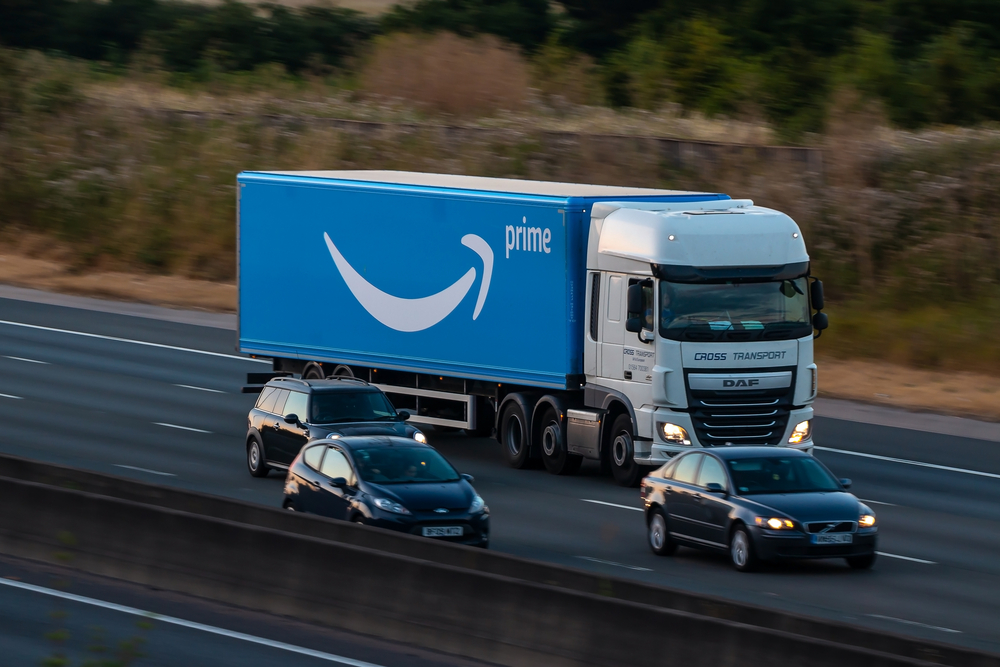

Amazon Delivery Trucks are About to Get Bigger
If you’ve ever seen Amazon’s delivery trucks out on the road, you’re about to notice something different about them soon. They are about to get bigger… a whole lot bigger. In an effort to make up for the widespread delivery delays during the Coronavirus pandemic, Amazon is looking to add more space onto its delivery trucks. This, as a result, would allow the company to handle more deliveries and expand its supply chain.
Why Bigger Amazon Delivery Trucks is an Even Bigger Deal for the eCommerce Giant
This recent move for Amazon is a big move because it highlights a glaring failure on the company’s behalf. In recent months, eCommerce growth has surged amidst the backdrop of the pandemic. More and more consumers have begun relying on online ordering for both essential and non-essential goods. However, the success of online ordering depends on timely delivery, which Amazon hasn’t been able to provide in recent months.
That’s where the bigger trucks come in. According to what an Amazon spokeswoman told Reuters, the company ordered 2,200 heavy-duty Utilimaster “walk-in” delivery trucks from Shyft Group, a Michigan-based specialty vehicle company. One of the new Amazon trucks was recently seen in Chicago, and training is currently under way in the Los Angeles area.
Chasing UPS and FedEx
The interesting thing about these new trucks is how starkly they will resemble UPS and FedEx’s current fleet. Maybe the other major shipping carriers knew something all along that Amazon didn’t. Maybe the solution to fixing egregiously late delivery timeframes is to double down on more trucks and manpower, instead of buying bigger trucks altogether. Either way, investing in larger delivery trucks makes it looks like Amazon is now playing catch-up to UPS and FedEx. That’s a tough look for the company most associated with setting precedents within the eCommerce world.
How Competitors Like Walmart Succeeded During COVID-19, and How Amazon Failed
Other eCommerce platforms like Walmart.com thrived in the pandemic by pivoting into groceries and upholding timely delivery for all of their customers. However, this wasn’t the case for Amazon. Amazon ended up locking non-essential eCommerce businesses from its platform, leaving room for only “essential” retailers selling items like face masks, face shields, hand sanitizer, etc. This caused many sellers who relied on Amazon’s platform to flock to other eCommerce platforms such as Shopify. It also resulted in customers moving to order goods from other, more reliable platforms that offered quicker delivery.
If there’s one thing that Amazon hates to lose, it’s its own customers. Now, the eCommerce behemoth is looking to rectify this mistake months later. Whether or not Amazon upping the size of its delivery trucks will move the needle remains to be seen.


Be the first to comment!